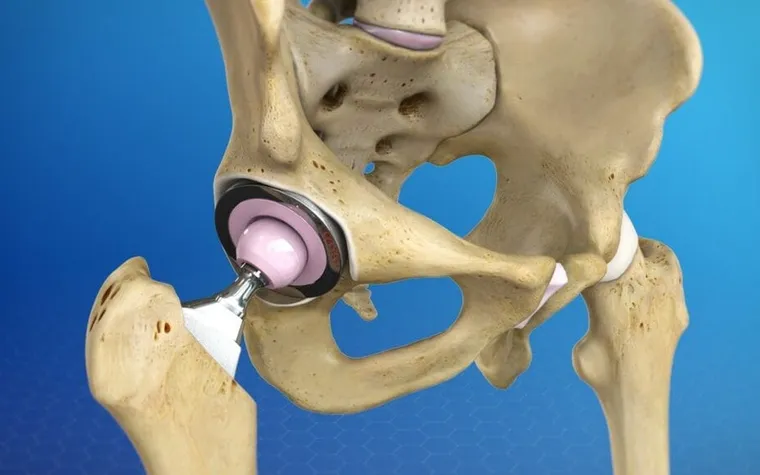Hip replacement surgery, also known as hip arthroplasty, is a medical procedure that involves replacing a damaged or worn-out hip joint with an artificial implant. It's most commonly recommended for individuals suffering from severe arthritis, fractures, or other conditions that lead to persistent hip pain and reduced mobility. The surgery aims to restore function, reduce discomfort, and improve quality of life. With advancements in medical technology, today’s hip replacements are more durable, less invasive, and offer faster recovery times than ever before.
Patients considering hip replacement often experience chronic pain that interferes with daily activities such as walking, climbing stairs, or even resting. These limitations can significantly impact emotional well-being and independence. Fortunately, modern surgical techniques, such as minimally invasive procedures and robotic-assisted surgery, offer enhanced precision and shorter rehabilitation periods. Preoperative assessments, physical therapy, and improved implant materials have all contributed to high success rates and long-term satisfaction among patients undergoing this life-changing operation.
What Is Hip Replacement?
Hip replacement is a surgical intervention designed to replace the damaged parts of the hip joint—typically the femoral head (ball) and the acetabulum (socket)—with prosthetic components. These artificial parts are usually made from materials like metal, ceramic, or durable plastic. The procedure can be performed as a total hip replacement (replacing both the ball and socket) or partial, depending on the patient’s needs.
Common Reasons for Surgery
The most common conditions that lead to hip replacement include:
- Osteoarthritis
- Rheumatoid arthritis
- Hip fractures
- Avascular necrosis (loss of bone tissue due to lack of blood supply)
These issues often result in severe joint pain, stiffness, and reduced range of motion that doesn’t improve with medication or physical therapy.
The Procedure
The surgery typically takes one to two hours and is performed under general or spinal anesthesia. Surgeons make an incision near the hip, remove the damaged joint surfaces, and replace them with the implant. Advanced procedures use smaller incisions and specialized instruments to minimize muscle and tissue damage.
Recovery and Rehabilitation
Recovery from hip replacement can vary, but most patients begin walking with assistance the same day or next day after surgery. Physical therapy plays a crucial role in regaining strength and mobility. Full recovery can take several weeks to months, depending on age, health, and the type of surgery performed.
Benefits and Risks
While hip replacement offers relief from pain and improved mobility, like all surgeries, it carries risks. These include blood clots, infection, implant dislocation, and wear over time. However, the benefits—such as renewed independence and reduced pain—often outweigh the risks for those severely affected by joint conditions.
Conclusion
Hip replacement is a transformative solution for those suffering from chronic hip pain and mobility issues. Thanks to modern techniques and materials, patients can expect safer procedures, shorter hospital stays, and better outcomes. If hip pain is limiting your lifestyle, consulting an orthopedic specialist could be your first step toward a more active and pain-free future.

